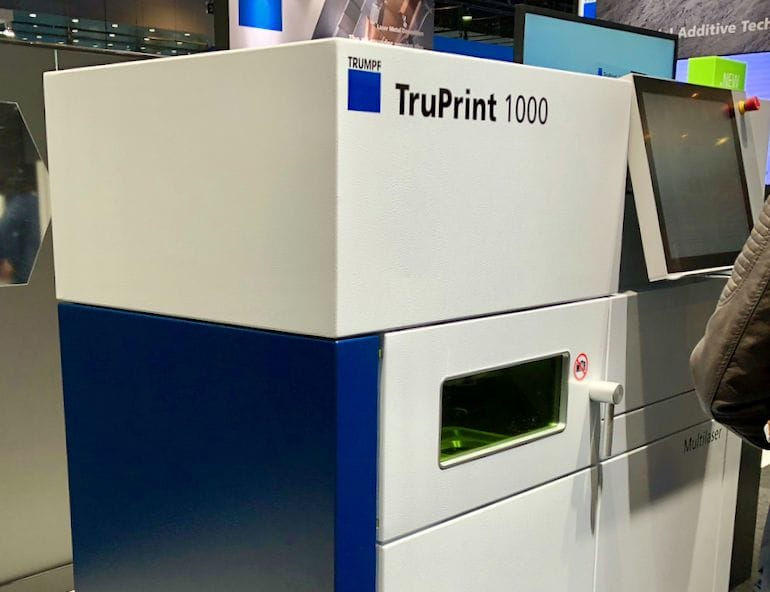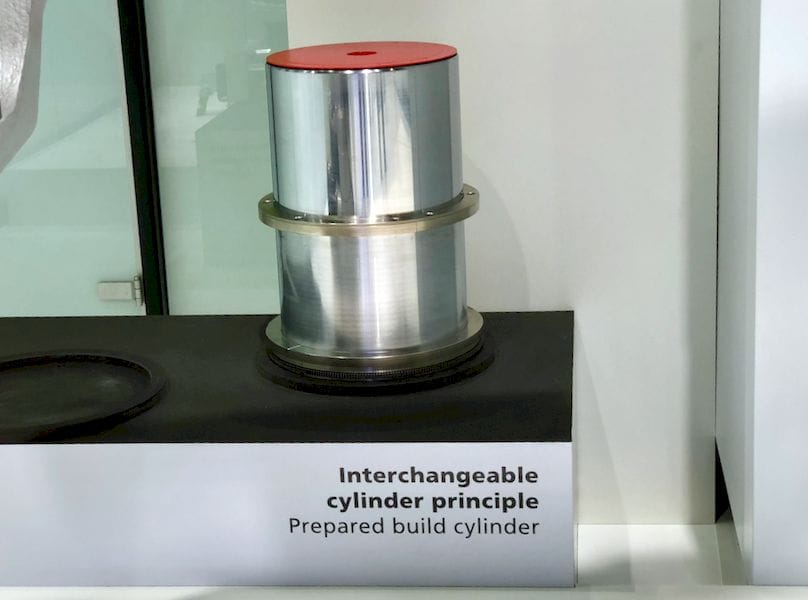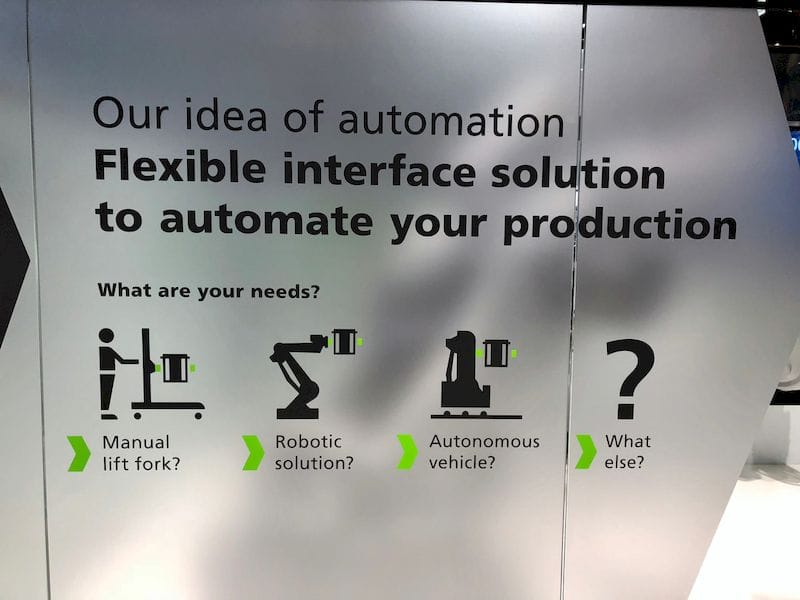
Automation is becoming very important for 3D printer manufacturers.
This is particularly true for 3D metal printing operations, as there are many tasks required to complete a 3D print beyond just the “printing part”.
In 3D metal printing, there are steps involved to prepare the metal powder for printing, which are quite critical to part quality. This can also include loading the powder material into the machine.
After a print completes, there are multiple steps involved in transforming a raw 3D print into a ready-to-ship/use part. The part may have to be exposed to a post-printing heat treatment. It certainly has to be carefully sawed off the metal build plate to which it is fused. It may require a precision surface CNC milling sequence to smooth portions of the surface from the default rough patina provided by the 3D metal printer.
Unfortunately, most 3D metal printers don’t really take these steps into account, as they were originally designed to be “just a printer”. The result is that 3D metal printing operations tend to require a number of operators performing a variety of tasks.
It’s even more complicated by the fact that there are few “systems” that provide integrated ways to perform all these tasks. The CNC mill, for example, might be made by another company and requires a different set of skills to operate. The powder is supplied by a vendor in packaging that isn’t compatible with the 3D printer and must be transferred into the correct cartridges, etc.
This all adds to the financial stress on 3D metal printing operations, who already are required to spend vast sums on equipment and materials. They also must pay for considerable labor costs to operate all the equipment and perform all these tasks.
It now seems that some of the 3D metal printer manufacturers are detecting this effect and beginning to evolve integrated systems to perform, or at least facilitate, these activities.

One of them is Germany-based Trumpf, who produce a line of powerful 3D metal printers in various sizes, including the TruPrint 1000, 3000 and 5000 (in 2019) machines. They’ve attempted to optimize the processing on these machines by speeding up the recoater function, as well as adding more lasers to enable parallel printing. The TruPrint 1000, for example, now has two lasers and is 80% faster for only 35% more purchase price.
That’s all good, but what about the other associated tasks that cause extra expense?

It turns out that Trumpf has recognized the need for solutions in this area and is beginning a long process of enabling automation. The first step is to create a method of transferring material to machines, which could be done with various automation approaches, as shown above.
I believe this is a good idea, but I hope the major vendors do attempt to coordinate their approaches on such matters, as I could easily see a 3D metal printing workshop of the future having to implement multiple automation systems, unless they purchase all of their equipment from a single vendor and commit to their system.
But for now, things are still in the formation stage.
Via Trumpf

